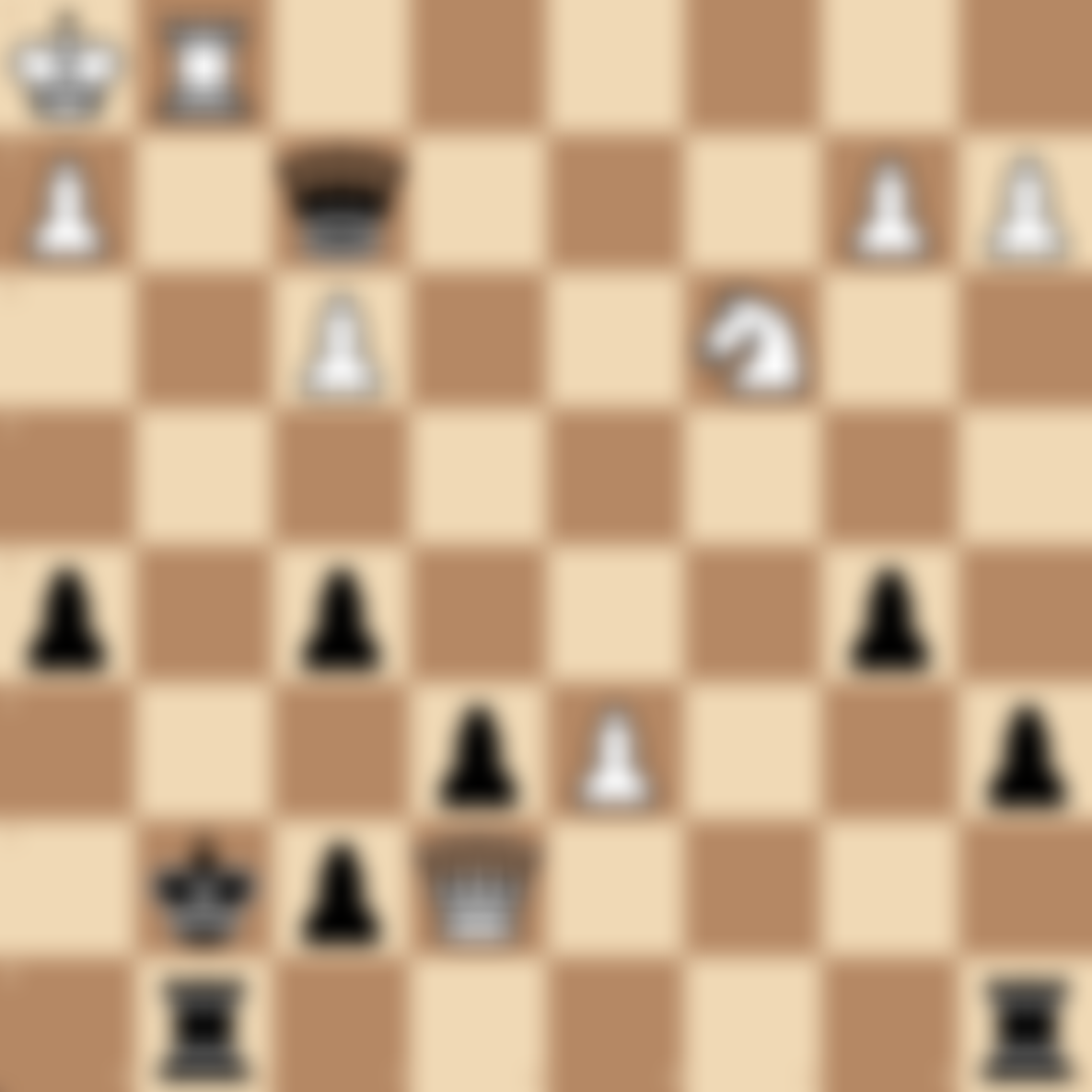Trapped Piece in Chess: The Art of Restricting Mobility
Introduction
A trapped piece is a common tactical theme in chess that can lead to material gain or significant positional advantages. At chesspuzzles.io, we've compiled this comprehensive guide to help you understand, recognize, and exploit trapped pieces, as well as avoid falling victim to this tactic yourself.
What is a Trapped Piece in Chess?
A trapped piece is a chess piece that has no safe squares to move to and is in danger of being captured. This situation often arises when a piece's mobility is severely restricted by enemy pieces, pawns, or even its own side's pieces.
Importance of Understanding Trapped Pieces
Mastering the concept of trapped pieces is crucial for several reasons:
- Material gain: Trapping a piece often leads to winning material.
- Positional pressure: Even if not immediately capturable, a trapped piece can severely limit your opponent's options.
- Tactical awareness: Improves your ability to spot potential traps and avoid them with your own pieces.
- Strategic planning: Understanding how to trap pieces can inform your long-term positional play.
- Endgame technique: In endgames, trapping a piece can be a decisive factor.
Common Scenarios for Trapped Pieces
- Bishop trapped by pawns: Especially common on the a7-g1 or h7-b1 diagonals.
- Knight on the rim: Knights are particularly vulnerable to being trapped on the edge of the board.
- Rook trapped in the corner: Often occurs when a rook is cut off on the back rank.
- Queen trapped by minor pieces: Multiple minor pieces can sometimes coordinate to trap the powerful queen.
- Piece trapped behind enemy pawn chain: Advancing pawns can sometimes trap enemy pieces behind them.
How to Trap Your Opponent's Pieces
- Look for pieces with limited mobility, especially on the edge of the board.
- Use pawn advances to restrict enemy pieces' movement.
- Coordinate your pieces to cut off escape squares.
- Create threats that force enemy pieces into vulnerable positions.
- Be patient - trapping a piece often requires multiple moves and careful planning.
Defending Against Trapped Pieces
- Always be aware of your pieces' mobility and potential escape routes.
- Look ahead to anticipate pawn pushes that might trap your pieces.
- Don't hesitate to retreat a piece if it's in danger of being trapped.
- Sometimes, sacrificing material to free a trapped piece is the best option.
- Maintain open lines for your pieces, especially in closed positions.
Famous Games Featuring Trapped Pieces
- Capablanca vs. Tartakower, New York 1924 (Bishop trap)
- Fischer vs. Taimanov, Candidates Match 1971, Game 4 (Knight trap)
- Kasparov vs. Karpov, World Championship 1985, Game 16 (Rook trap)
Practice Trapped Piece Puzzles
Enhance your ability to spot and exploit trapped pieces with our carefully curated collection of puzzles:
Try our Trapped Piece Puzzles on chesspuzzles.io now
These challenging puzzles are designed to improve your tactical vision and strategic understanding of positions featuring trapped pieces.
FAQs
Q: Is a trapped piece always a disadvantage? A: While usually a significant problem, in rare cases a seemingly trapped piece can be part of a larger tactical or strategic idea. Always evaluate the entire position.
Q: How can I improve my ability to avoid getting my pieces trapped? A: Develop your board vision by practicing tactics, studying master games, and always being aware of your pieces' mobility. Anticipating your opponent's moves that might restrict your pieces is key.
Q: Are certain pieces more prone to being trapped than others? A: Yes, knights and bishops are often more susceptible to being trapped, especially on the edge of the board. Queens can also be trapped by coordinated minor pieces.
Q: Can a trapped piece ever escape? A: Sometimes, through tactical means or opponent's mistakes, a trapped piece can escape. However, it's generally best not to rely on this and to avoid the trap in the first place.
Q: How does the concept of a trapped piece relate to other tactical motifs? A: Trapping a piece often involves other tactical themes like pins, skewers, or discovered attacks. Understanding how these tactics interrelate can greatly improve your overall chess strength.
Master the art of trapping pieces and avoiding these traps yourself to gain a significant edge in your chess games! Ready to test your skills? Try our Trapped Piece Puzzles on chesspuzzles.io now and learn how to restrict your opponent's pieces for decisive advantages!
